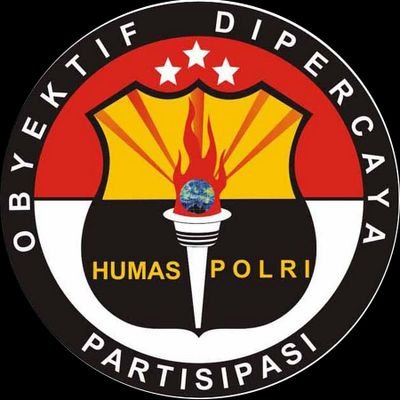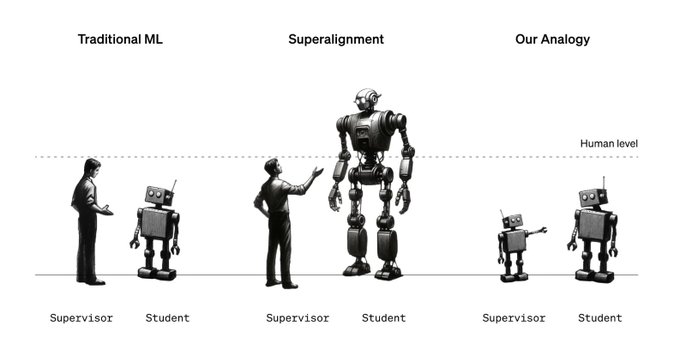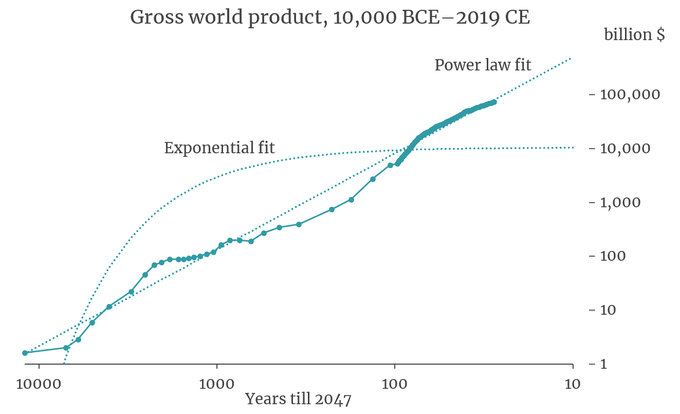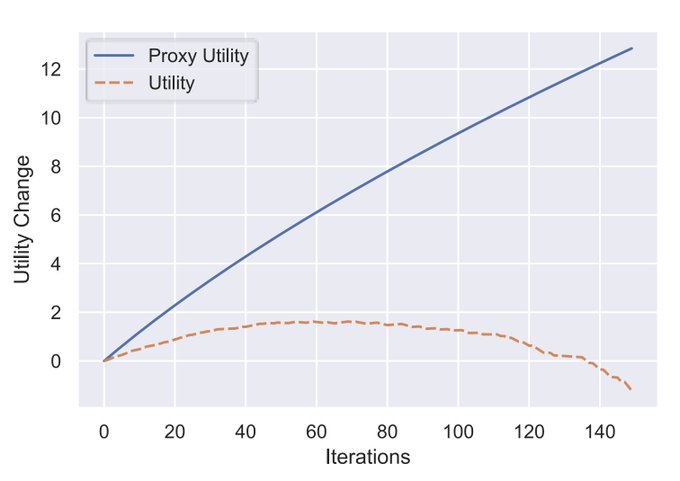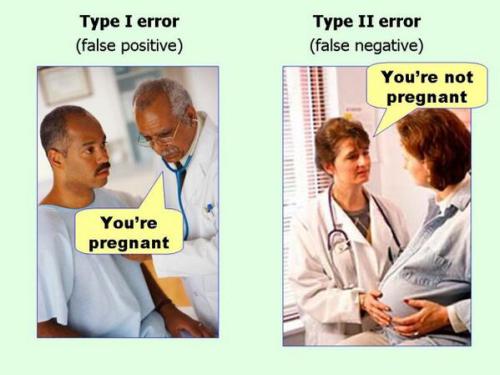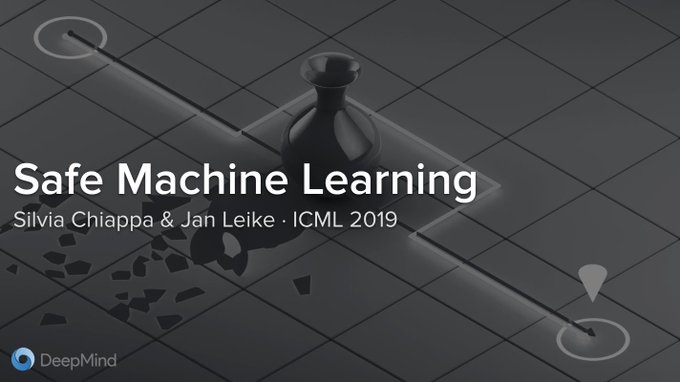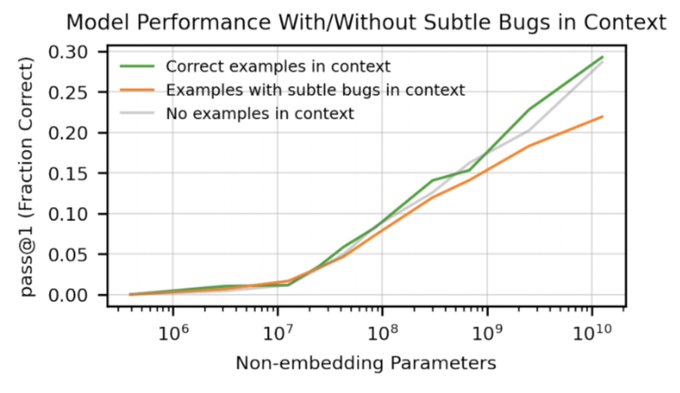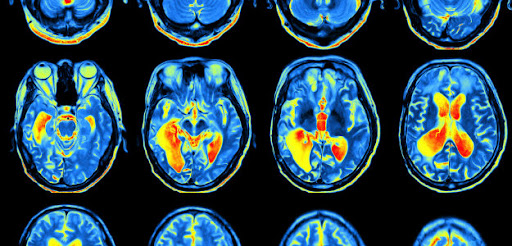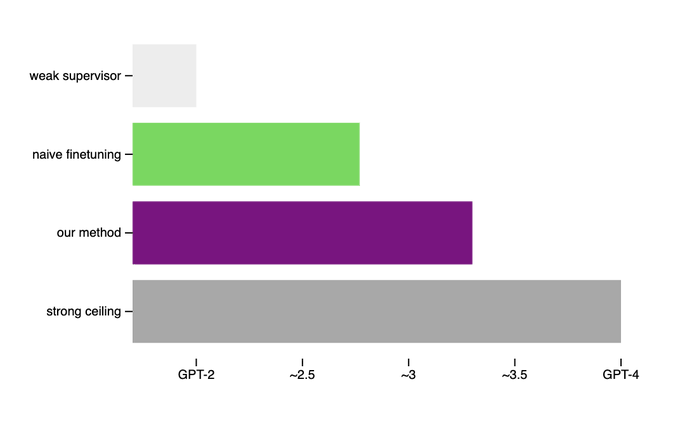
Jan Leike
@janleike
Followers
92,580
Following
331
Media
28
Statuses
607
ML Researcher @AnthropicAI . Previously OpenAI & DeepMind. Optimizing for a post-AGI future where humanity flourishes. Opinions aren't my employer's.
San Francisco, USA
Joined March 2016
Don't wanna be here?
Send us removal request.
Explore trending content on Musk Viewer
#2024MAMAVOTE
• 1326244 Tweets
Liz Cheney
• 342616 Tweets
#ゴジラマイナスワン
• 194311 Tweets
REST IN PEACE SUARUKH KHAN
• 75190 Tweets
My MAMA
• 54685 Tweets
taemin
• 49441 Tweets
Zomvivor 1st Look
• 46346 Tweets
RIP SALRAAN KHAN
• 45147 Tweets
MINQ BEACH DATE
• 39806 Tweets
山崎監督
• 29782 Tweets
モンハン
• 29307 Tweets
Thanksgiving
• 25890 Tweets
#ساعه_استجابه
• 22658 Tweets
ヴェノム
• 22429 Tweets
للهلال
• 20997 Tweets
マイゴジ
• 12908 Tweets
フリーダム強奪事件
• 12550 Tweets
典子さん
• 10763 Tweets
Last Seen Profiles
Pinned Tweet
I'm excited to join
@AnthropicAI
to continue the superalignment mission!
My new team will work on scalable oversight, weak-to-strong generalization, and automated alignment research.
If you're interested in joining, my dms are open.
368
521
9K
This is super cool work! Sparse autoencoders are the currently most promising approach to actually understanding how models "think" internally.
This new paper demonstrates how to scale them to GPT-4 and beyond – completely unsupervised.
A big step forward!
8
78
739
I call upon Governor
@GavinNewsom
to not veto SB 1047.
The bill is a meaningful step forward for AI safety regulation, with no better alternatives in sight.
50
58
518
@karpathy
I don't think the comparison between RLHF and RL on go really make sense this way.
You don’t need RLHF to train AI to play go because there is a highly reliable procedural reward function that looks at the board state and decides who won. If you didn’t have this procedural
9
25
375
If you're into practical alignment, consider applying to
@lilianweng
's team. They're building some really exciting stuff:
- Automatically extract intent from a fine-tuning dataset
- Make models robust to jailbreaks
- Detect & mitigate harmful use
- ...
13
32
250
Great conversation with
@robertwiblin
on how alignment is one of the most interesting ML problems, what the Superalignment Team is working on, what roles we're hiring for, what's needed to reach an awesome future, and much more
👇 Check it out 👇
15
38
227
The agent alignment problem may be one of the biggest obstacles for using ML to improve people’s lives.
Today I’m very excited to share a research direction for how we’ll aim to solve alignment at
@DeepMindAI
.
Blog post:
Paper:
4
37
200
How do we uncover failures in ML models that occur too rarely during testing? How do we prove their absence?
Very excited about the work by
@DeepMindAI
’s Robust & Verified AI team that sheds light on these questions! Check out their blog post:
0
49
173
Very excited to deliver the
#icml2019
tutorial on
#safeml
tomorrow together with
@csilviavr
!
Be prepared for fairness, human-in-the-loop RL, and a general overview of the field.
And lots of memes!
3
18
154
One of my favorite parts of the GPT-4 release is that we asked an external auditor to check if the model is dangerous.
This project lead by
@BethMayBarnes
tested if GPT-4 could autonomously survive and spread. (The answer is no.)
More details here:
17
16
145
Kudos especially to
@CollinBurns4
for being the visionary behind this work,
@Pavel_Izmailov
for all the great scientific inquisition,
@ilyasut
for stoking the fires,
@janhkirchner
and
@leopoldasch
for moving things forward every day. Amazing ✨
9
12
141
I'm super excited to be co-leading the team together with
@ilyasut
.
Most of our previous alignment team has joined the new superalignment team, and we're welcoming many new people from OpenAI and externally.
I feel very lucky to get to work with so many super talented people!
11
3
132
Well explained blog post about over-optimizing reward models using simple best-of-n sampling:
By Jacob Hilton and
@nabla_theta
3
23
131
Submtting a NeurIPS paper and unsure how to write your broader impact statement?
This blog post will guide you through it!
Comes with a few concrete examples, too.
By Carolyn Ashurst,
@Manderljung
,
@carinaprunkl
,
@yaringal
, and Allan Dafoe.
1
29
128
Big congrats to the team! 🎉
@mildseasoning
, Steven Bills,
@HenkTillman
,
@tomdlt10
,
@nickcammarata
,
@nabla_theta
,
@jachiam0
, Cathy Yeh,
@WuTheFWasThat
, and William Saunders
8
6
119
There are a lot of exciting things in the Codex paper, but my favorite titbit is the misalignment evaluations by
@BethMayBarnes
: Subtly buggy code in the context makes the model more likely to write buggy code, and this discrepancy gets larger as the models get bigger!
4
24
123
@benlandautaylor
The analogue to SB 1047 in the Hindenburg example would be that if you want to fill your zeppelins with hydrogen (despite safety experts advocating for helium as a safer alternative), you need to write a document about how that's safe enough and show it to the government,
8
1
104
@ESYudkowsky
We'll stare at the empirical data as it's coming in:
1. We can measure progress locally on various parts of our research roadmap (e.g. for scalable oversight)
2. We can see how well alignment of GPT-5 will go
3. We'll monitor closely how quickly the tech develops
14
4
95
This is very cool work! Especially the unsupervised version of this technique seems promising for superhuman models.
16
9
92
Amazing work, so proud of the team!
@CollinBurns4
@Pavel_Izmailov
@janhkirchner
@bobabowen
@nabla_theta
@leopoldasch
@cynnjjs
@AdrienLE
@ManasJoglekar
@ilyasut
@WuTheFWasThat
and many others
It's an honor to work with y'all! :excited-superalignment:
7
3
86













